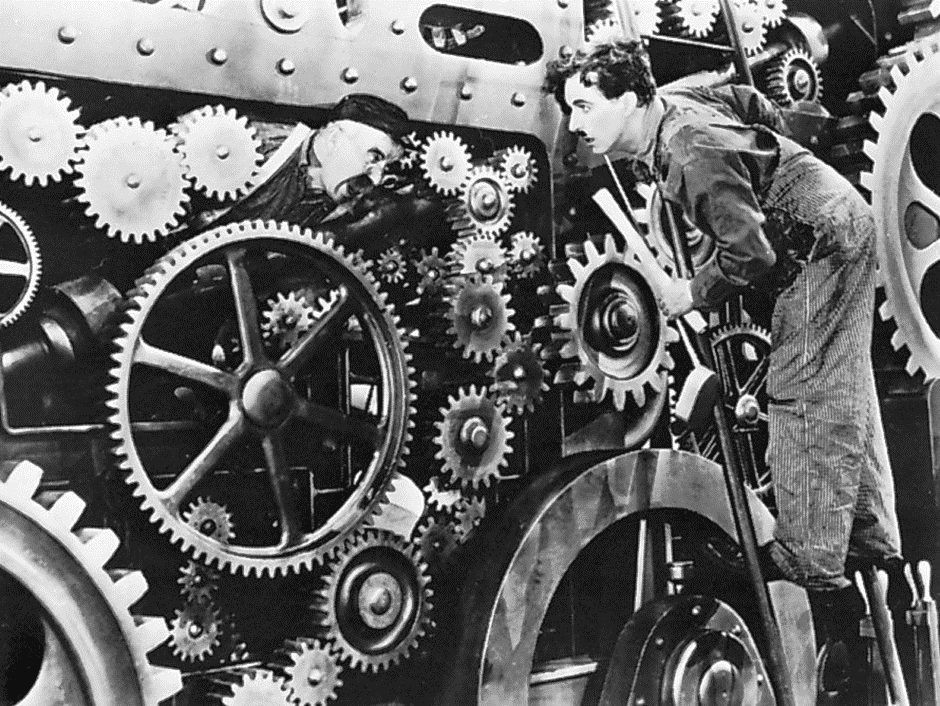Health Inequalities
Health inequalities refer to the unjust and avoidable differences between people’s health across a population group. They are determined by social circumstances which are beyond a person’s control. The circumstances are disadvantageous and they affect the chances of people living a long healthy life.
The Ministry of Health
and Family Welfare with the help of the International Institute for Population
Sciences, Mumbai rolled out the NFHS-5 (National Family Health Survey), the
fifth in the series. The survey reports on population, health, and nutrition.
My report is focused on key indicators, their trends and comparisons for the state of Haryana. The information which is gathered from 18,229 households, 21,909 women and 3,244 men provide the following conclusions:
- The population has grown due to an improvement in longevity resulting from many factors.
- Households using clean fuel for cooking are drastically higher in urban areas because of the availability of door-to-door gas pipelines and good LPG cylinders. Moreover, people have started using electrical appliances for cooking. Whereas in rural areas they still use wood or kerosene for their cooking stoves which is injurious to the lungs and causes lung diseases and breathing issues to the women.
- The Infant Mortality Rate per 1000 live births (33.3)- urban (28.6) and rural (35.3) in 2019 is an increase from 32.8 in 2015. This is also showing the lack of adequate resources for the care of infants in rural areas. Lack of healthcare facilities, lack of nutrition and the poor conditions which force women to go for labour work even during pregnancy have contributed to this factor.
- The awareness regarding the use of family planning methods is higher in urban areas.
- Maternity Care including antenatal check-ups and protection against neonatal tetanus has improved from 2015 and the disparity between urban and rural areas has also decreased. However, the average expenditure per delivery has also shown an increase.
- Mothers receiving antenatal and postnatal care are higher in urban areas due to higher awareness as well as the availability of better healthcare facilities. Whereas women in rural areas are forced to work during and after their pregnancy resulting in no time for check-ups.
- Children born at home who were taken to a health facility for a check-up within 24 hours of birth are much higher in rural areas. Whereas in urban areas the presence of speciality hospitals takes care of the children on the hospital premises itself where they are born within 24 hours or less.
- Births attended by skilled health personnel and Births delivered by caesarean section are higher in urban areas showing the availability of better healthcare facilities- hospitals and medical professionals.
- Children aged 12-23 months who are fully vaccinated are surprisingly higher in rural areas. However, the total number of children vaccinated compared to other states is lower in Haryana demanding more schemes and awareness on the part of the government and public health officials.
- Children aged 12-23 months who received most of their vaccinations in a private health facility are 6.5% in urban areas compared to only 0.7% in rural areas. Thus, there is a lack of private health infrastructure in rural areas.
- The prevalence of childhood diseases like diarrhoea is higher in rural areas and the accessibility to the treatment is better in urban areas. This means that there is a requirement for awareness among the mothers about the hygiene of children in rural areas.
- Children aged 6-8 months receiving solid or semi-solid food and breastmilk is higher in urban areas. This highlights the poor economic conditions of the rural who don’t have access to proper food and where women are also made to work and thus have no time for breastfeeding.
- Children under 5 years who are stunted or wasted are higher in rural areas due to lack of nutrition.
- Women whose body mass index (BMI) is below normal are higher in rural areas by 5%. Whereas in men it is higher in urban areas by 1%. Women are subjected to abuse and laborious work as well as the task of taking care of the family which leaves them with no time to take care of themselves.
- Anaemia is more prevalent in rural areas, especially among women between the age of 15-49 years.
- High blood sugar levels are observed in urban areas among adults due to western lifestyles and high-stress levels for survival. High or slightly elevated blood pressure is also common in urban areas as compared to rural areas.
- The screening for Cancer among adult men or women aged 30-40 years is very low (total- 1.4%) which reflects the lack of screening facilities and unawareness regarding the disease, especially among rural people.
- Knowledge about HIV/AIDS is less in rural areas. Women in rural areas are unaware of the protection against these diseases through contraceptives.
- Women aged 15-24 years who use hygienic methods of protection during their menstrual period are higher in urban areas due to awareness and knowledge regarding menstrual hygiene.
The position of health infrastructure is not very good in Haryana. There is a shortage of medical officers, especially specialists. Private health infrastructure needs to be developed in rural areas. The rural areas experience a lower quality of health services, don’t receive regular medical check-ups and have higher rates of mortality. The State needs to focus on improving the IMR, accessibility to cancer screening, awareness regarding HIV and AIDS and vaccination of children. The government needs to conduct more awareness programmes regarding health and hygiene in rural areas. This will strengthen the health systems and lead to the betterment of society.




Comments
Post a Comment